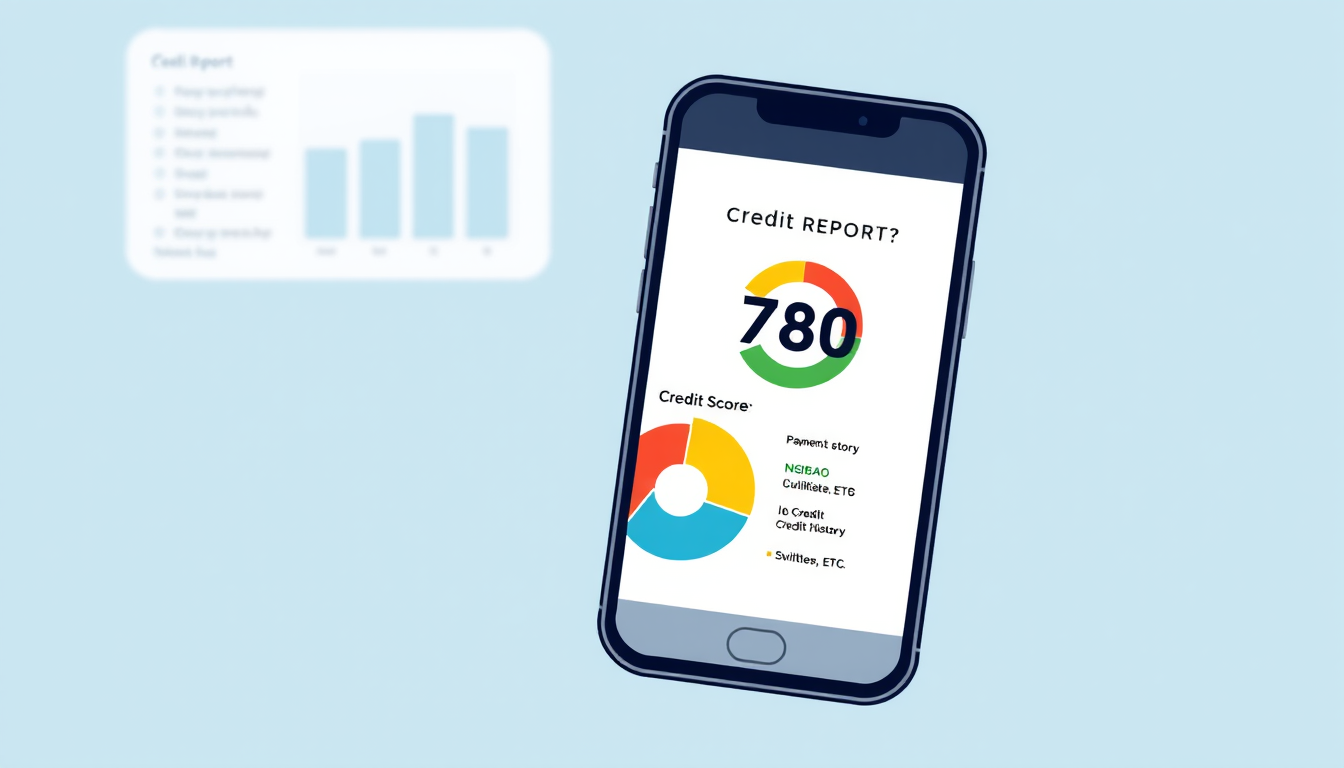Start Early, Retire Happy: Building Wealth in Your 20s, 30s, and Beyond
Introduction Importance of Financial Planning Financial planning is the backbone of a secure future. Many individuals might feel overwhelmed at the thought of managing their finances, but a solid plan can provide clarity and confidence.… Start Early, Retire Happy: Building Wealth in Your 20s, 30s, and Beyond









